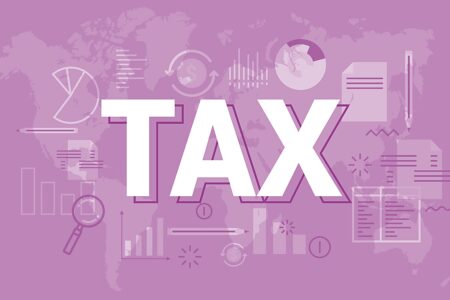1. VAT registration and deregistration thresholds change
In his Spring Budget on 6 March, the Chancellor announced that the VAT registration threshold will increase from £85,000 to £90,000 from 1 April 2024. The deregistration threshold will also go up – from £83,000 to £88,000.
2. DIY Housebuilder Scheme Digitalisation
There have been some new developments for those claiming via the DIY housebuilders scheme. This scheme allows individuals to obtain a VAT refund on certain building materials purchased:
- in the course of constructing their homes, or
- in relation to converting certain non-residential buildings into the individual’s home (where those goods are incorporated into the building).
Since 5 December 2023, a new Statutory Instrument (SI 2023/1201) has been in effect. It has resulted in a number of changes:
- An optional facility allows DIY housebuilder VAT claims to be submitted to HMRC digitally (i.e. using HMRC’s online service). This is resulting in faster processing.
- For buildings completed on or after 5 December 2023, eligible individuals can make a claim up to 6 months (rather than 3 months) following the completion of the construction or conversion works.
- Submitting invoices when a claim is made is no longer necessary. HMRC will confirm which invoices they require in their review of the claim.
- Both claimants and agents can access the new digital claim process. Agents making claims on behalf of clients will need to complete a form, so factor this into your planning if you’re asking an agent to help you.
Also in his 2024 Spring Budget, the Chancellor announced that the government will introduce legislation to give HMRC additional powers to request further evidence about a DIY housebuilder’s claim. The power will come into force on the date of Royal Assent to the Finance Bill 2024 and apply to claims made from that date.
3. Reporting VAT Deregistration to HMRC
This is a reminder that businesses must cancel their VAT registration if they are no longer eligible, cease trading, or stop making taxable supplies.
The final VAT Return must cover the period up to and including the date when the business stopped being eligible to be VAT registered. Businesses can use the VAT 427 form to reclaim VAT on business costs incurred after the deregistration date, but where those costs relate to previous VATable activity carried out before deregistration.
4. Reporting Dissolved Companies and VAT Deregistration to HMRC
Dissolving a company marks the final chapter in its life. When a company ceases trading, closes down or is forced to shut, it must deregister for VAT during the closing or winding-up process. As part of this process, a final VAT Return must be submitted to HMRC to include any transactions falling within the period up to and including the specified period end date.
5. Reporting Insolvent Companies and VAT Deregistration to HMRC
A common misassumption is that bankruptcy, liquidation, or administration automatically cancels a VAT registration. This is not the case.
When taxable supplies cease altogether, the business, liquidator, or administrator is responsible for cancelling any VAT registration, where appropriate. Companies dissolved voluntarily must also deregister and submit a final VAT Return.
Don’t forget that the VAT 427 form can be used to reclaim VAT on any further costs incurred post-deregistration where the expenditure relates to the previous VATable activity of the business (subject to the normal VAT recovery rules).
6. Making Tax Digital (MTD) VAT Reminder
As highlighted in its latest MTD VAT guidance, HMRC will now automatically sign up all new VAT-registered businesses to MTD for VAT unless they are exempt from MTD registration or have applied for such exemption. Do ensure your VAT records are held and VAT Returns submitted using MTD-compatible software.
Can we help?
If you have any questions or need assistance with any topics covered in this update, please get in touch with our team of specialists.
Specific advice should be obtained before taking action, or refraining from taking action, in relation to this summary. If you would like advice or further information, please speak to your usual Shipleys contact.
Copyright © Shipleys LLP 2024
















